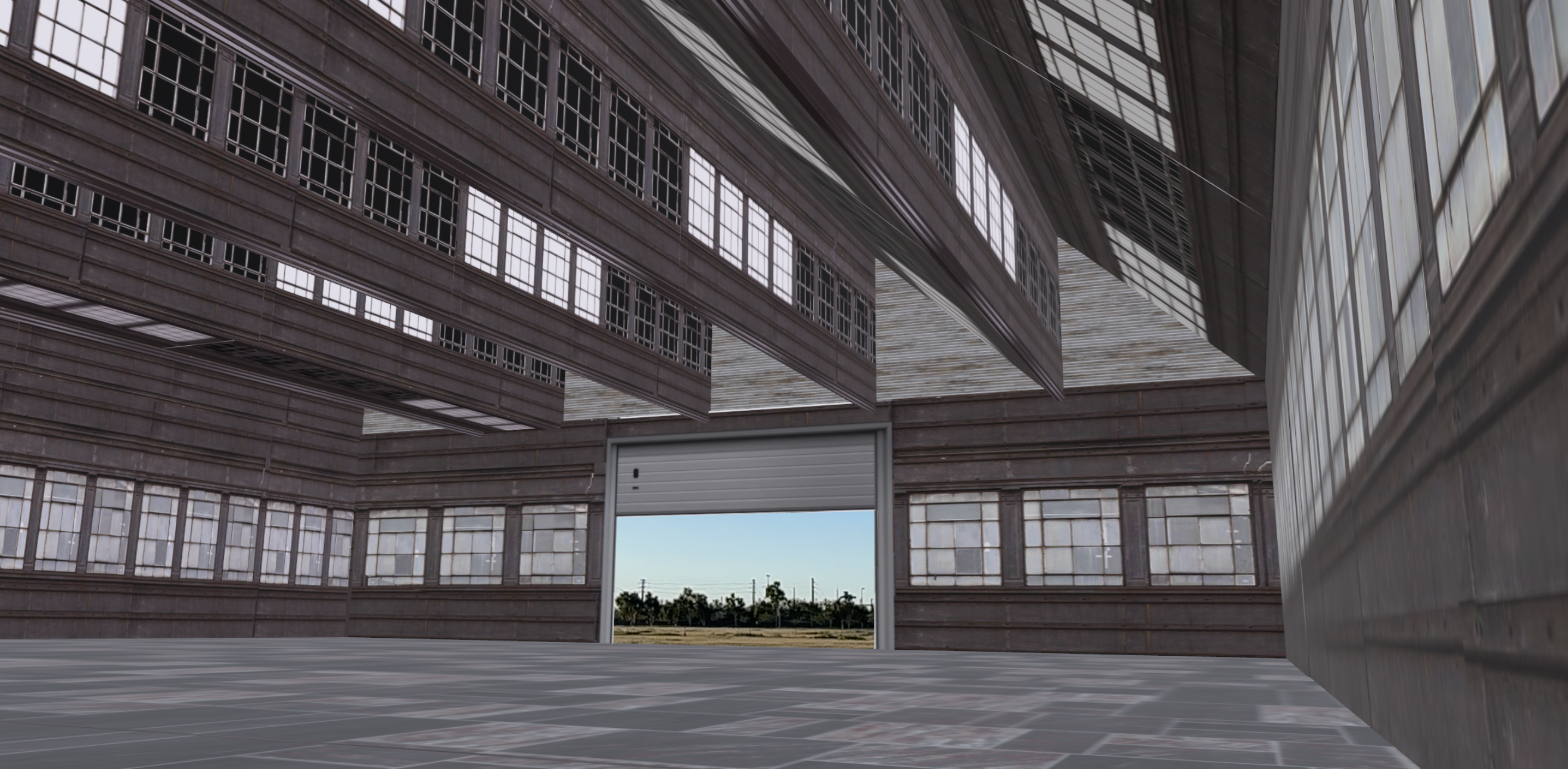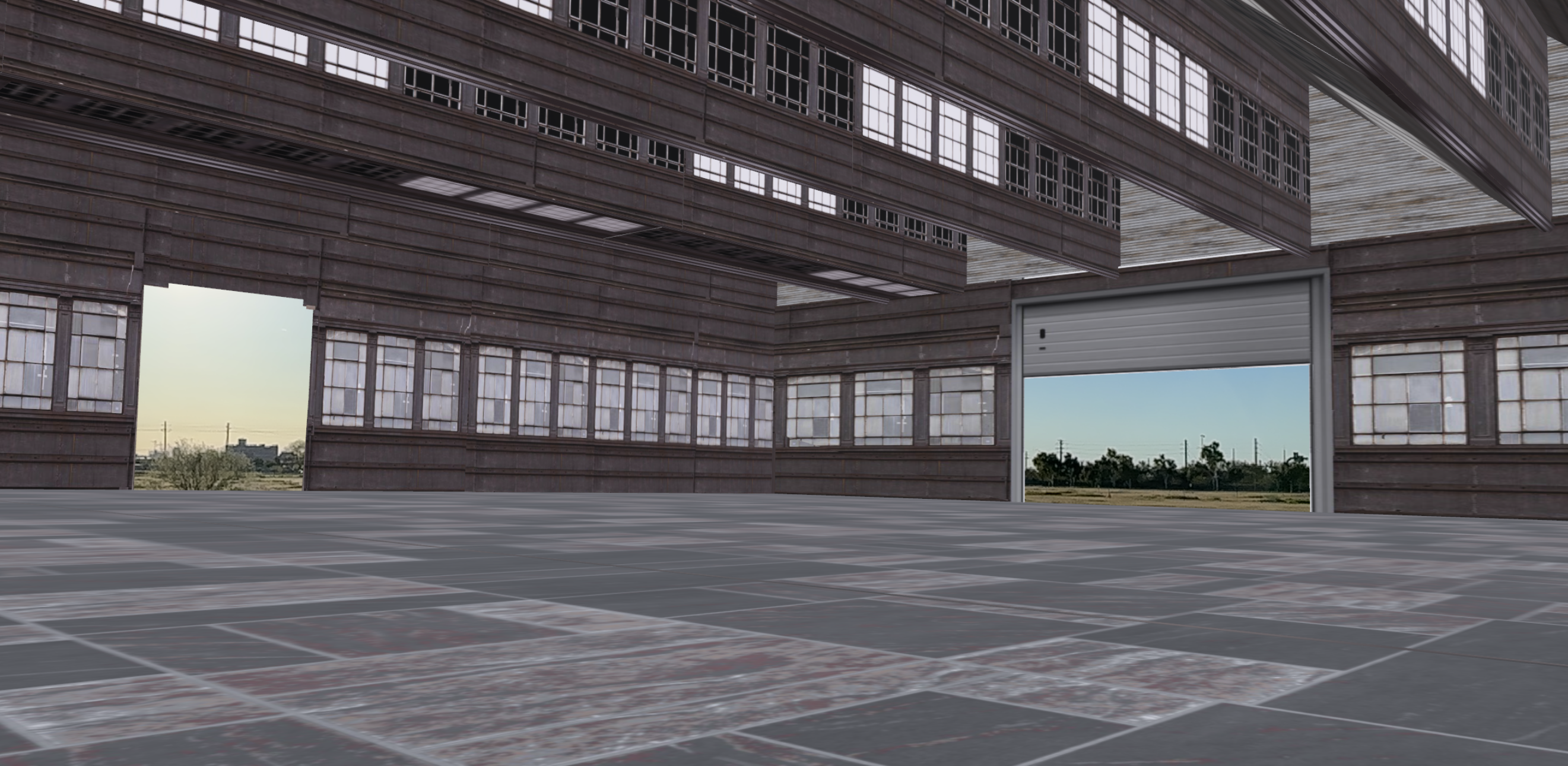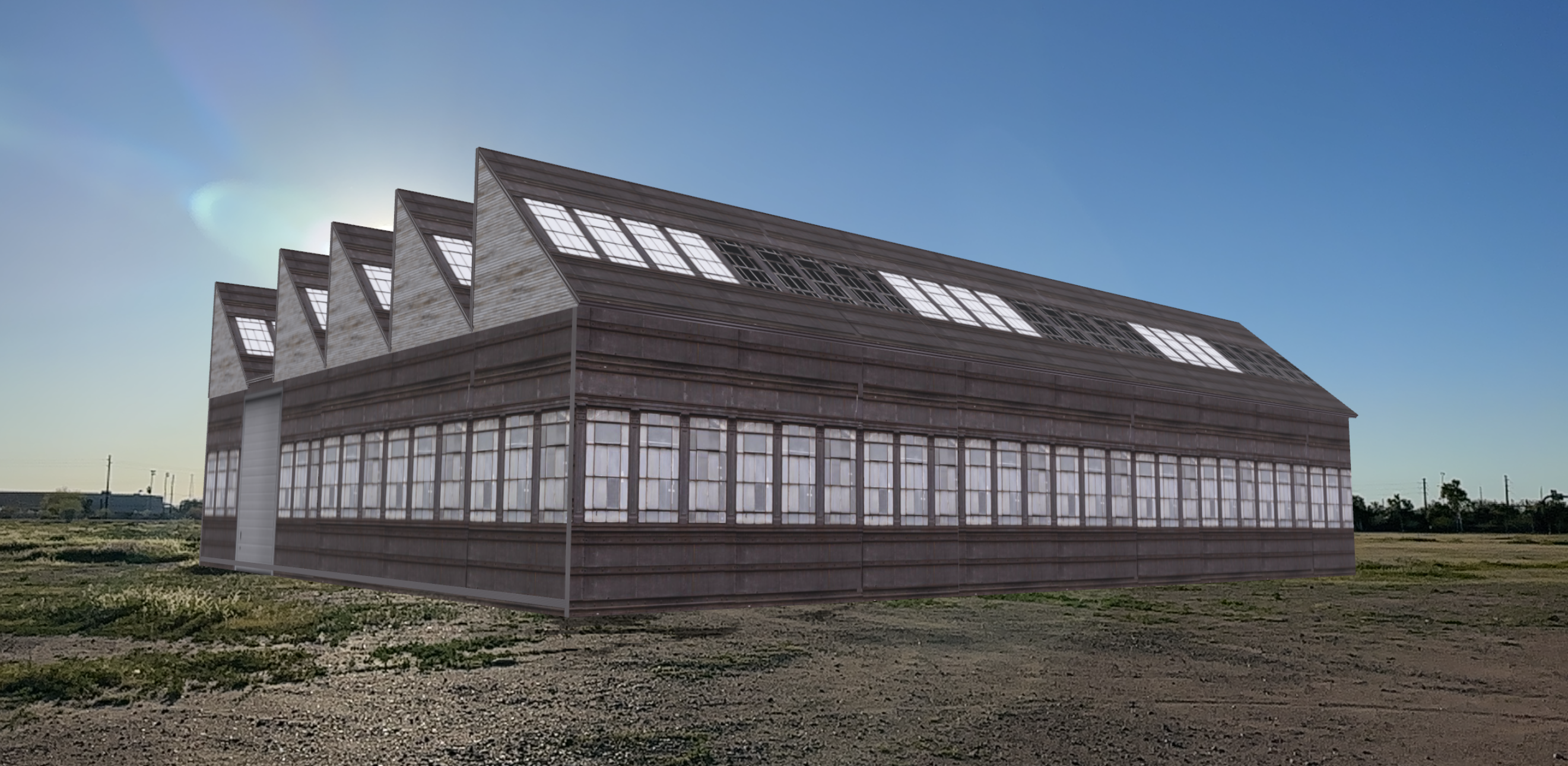Augmented Reality (AR) integrates digital elements with the real world, empowering users to manipulate their interaction within the environment. In the CRE/AEC industry, AR offers advantages by facilitating individualized learning and constantly enhancing the efficiency of a wide range of applications, which can be easily shared over long distances. While AR enhances vision by adding virtual elements to the real world, Virtual Reality (VR) creates a simulated environment that replaces our vision entirely.
The industry can benefit from the use of AR and VR to visualize architectural designs, create interior layouts and construction before a shovel is ever placed in the ground. Building Information Technology’s (BIM) ability to detect conflicts early significantly reduces rework in the field, ensuring quality and schedule can be achieved. In addition, AR and VR can simulate scenarios enabling developers, architects, and potential investors to showcase the appearance of the final building product through a virtual walkthrough.
Small Giants (SG), a growing, full-service creative marketing agency with offices in Denver and Phoenix, has had the pleasure of working on several exciting AR and VR projects.
One stand-out project involved creating an on-site AR experience for a developer who wanted to ensure that their vision for a property was understood by potential clients. SG set up a full-scale model on the empty lot and created three stations, each with a different perspective. This allowed visitors to fully immerse themselves in the developer’s vision and get a better understanding of the project.
SG also worked on a community initiative for a client who wanted to get buy-in and a better understanding of their vision for a large church remodel. SG set up an AR/VR experience in the church’s lobby, where members of the community could take a virtual tour through the model using augmented reality iPads and virtual reality headsets. This was a great way to engage the community and receive feedback on the proposed remodel.
“By utilizing these technologies, clients can gain an understanding of how the end product will look and feel within a given space and scale,” says Brennan Gerle, director of Creative & Technology at Small Giants.
Small Giants takes these technologies a step further and offers its clients “architectural visualization,” where 3D-rendered stills are masterfully used to bring clients’ designs to life; create Augmented Reality flythrough animations for site visits and office spaces; and provide an interactive experience in a 3D space. By pointing a phone at a logo on a flier or a piece of paper, SG can bring a label to life through AR technology. This innovative approach goes beyond traditional proposals and enables pursuits to showcase buildings and ideas in a more immersive and interactive manner. The SG team also practices the use of AR on maps or murals to showcase sites a company has worked on and provide updated experiences. With this technology, users can point their phones at a map or mural and see pinpoints that highlight the specific sites. Each pinpoint can trigger a unique AR experience, providing information and visuals related to the site.
These are just a few examples of the AR/VR services SG provides to its clients.
“We are always looking for new and innovative ways to help our clients achieve their goals, and we would be happy to discuss how we can help you with your next project,” says Gerle.











